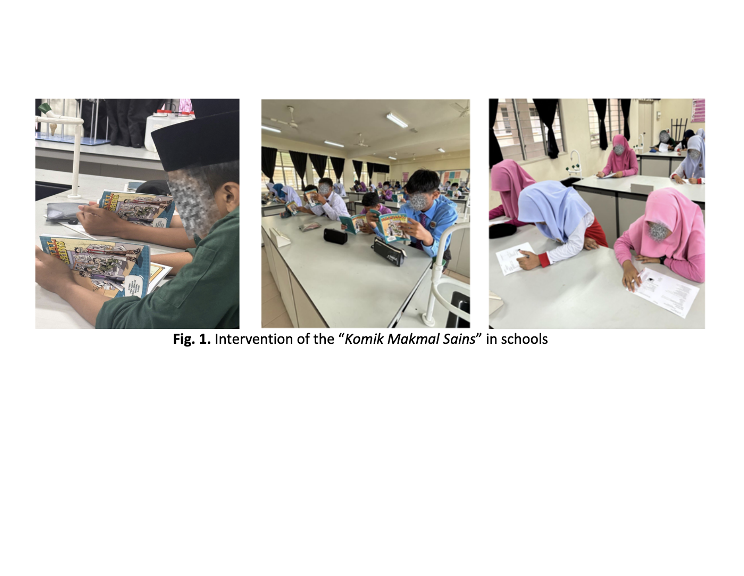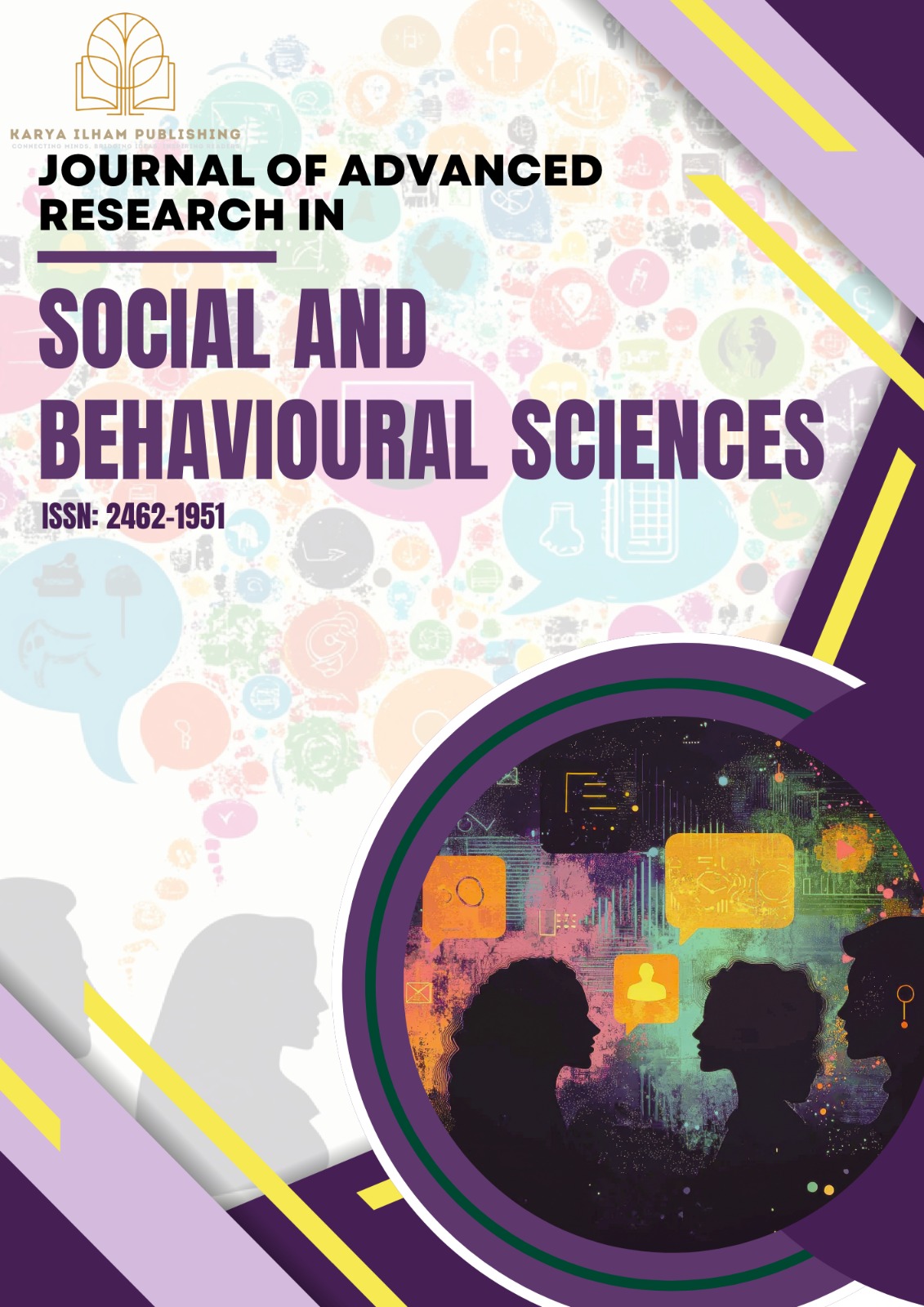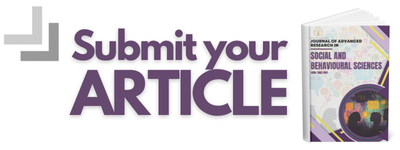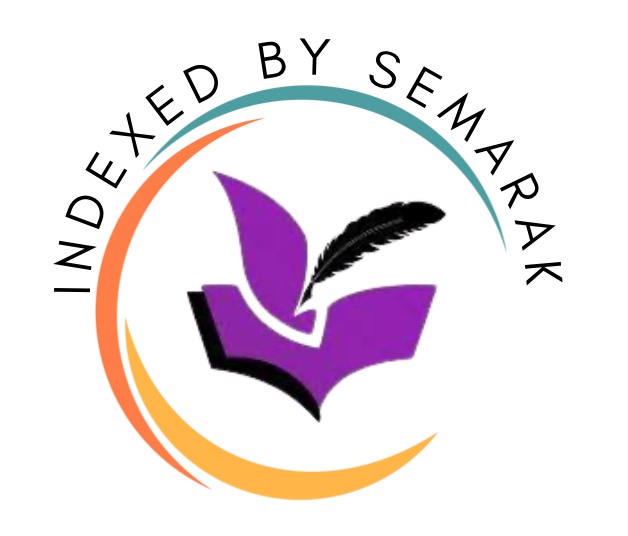Not Just for Laughs: When Comics Teach Science Lab Safety
DOI:
https://doi.org/10.37934/jarsbs.39.1.108114Keywords:
Effectiveness, educational comic, laboratory safety, science, secondary schoolAbstract
Traditional methods of teaching science laboratory safety often rely on lengthy manuals that are difficult for students to grasp. Despite the availability of the School Science Laboratory Management and Safety (SLMS) guidebook, students understanding of lab safety remain low. Research suggests that comics can improve student engagement and comprehension of safety protocols. This study investigates the effectiveness of an educational comic in enhancing science laboratory safety among secondary school students. A quasi-experimental design with pre- and post-tests was conducted involving total of 104 students in both the control and treatment groups. Results show a significant improvement in the treatment group’s post-test scores (M = 30.92, SD = 5.57) compared to their pre-test scores (M = 13.96, SD = 5.78), t(51) = -26.06, p = .001. Meanwhile, the control group showed no significant change, t(51) = -1.00, p = .322. The findings indicate that comic-based instruction is effective in improving students’ understanding of laboratory safety. This study affirms that comics are not just for laughs, but they hold meaningful value in education, particularly in teaching science lab safety, where their role extends beyond entertainment to becoming a powerful medium for learning.
















